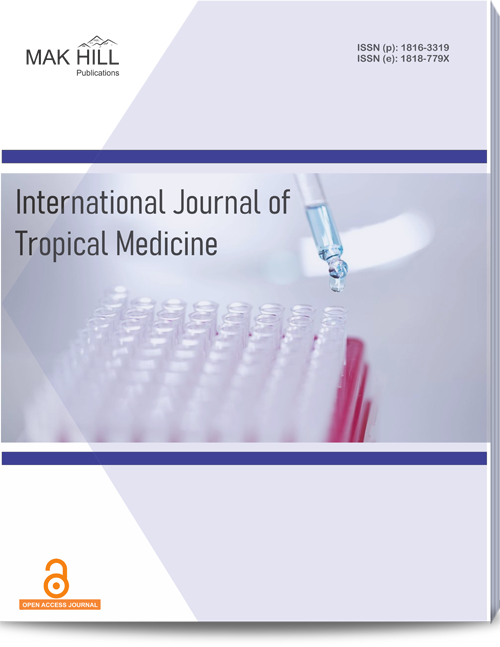
International Journal of Tropical Medicine
ISSN: Online 1818-779XISSN: Print 1816-3319
Abstract
Women's acne, which can start in youth and last into age, is frequently linked to anxiety and sadness. Its etiopathogenesis is influenced by genetic and hormonal variables and because of the clinical progression, maintenance therapy is necessary, typically for years. Recurrent acne, a third form of acne that has lately been proposed in addition to chronic and late acne and that first appears in adolescence, improves for an undetermined amount of time and then reappears in maturity. There aren't many papers on this since modern research seldom asks the patient if acne returned after an adolescent era, while querying the age of acne start. Nonpregnant females with acne aged 25 years who had not been on hormone medication for the previous three months were the subjects of this prospective research conducted at the RVM Medical College's Department of Dermatology's Outpatient Clinic. A thorough history was obtained and a proforma that had been authorized in advance was followed. A pre‐designed proforma was used to examine patients with acne under the age of 25 in order to identify trigger factors and rate the severity of the acne using the Global Acne Grading System (GAGS). Total testosterone (TT), AMH, 17‐hydroxyprogesterone (17‐OHP), dehydroepiandrosterone sulfate (DHEAS), sex hormone binding globulin (SHBG), free androgen index (FAI), follicle‐stimulating hormone (FSH), luteinizing hormone (LH), thyroid‐stimulating hormone (TSH) and prolactin were all measured as part of a thorough hormonal evaluation. Just 4.28% of acne patients were beyond the age of 40, while the majority of acne patients (58.57%) were between the ages of 21 and 30. About 70 adult female acne patients were seen and 61.42% of the women had lateonset acne, whereas 38.57% had chronic acne. Papules were the most prevalent lesion at the time of presentation (61.42%), followed by mixed lesions, which included pustules and nodules. The severity of the patient's acne was rated as mild (72.8%), moderate (25.71%), or severe (1.42%). According to the subjective assessment, 21.3% of women experienced a clear premenstrual flare. The objective evaluation found that nutrition had a role in the health of 23.33% of patients, with "oily" and dairy products being prevalent items, sugar products and cosmetics, fairness creams, foundations, facials and change of life style, with lack of physical excessive, obesity. Fairness creams, foundations and facials were among the cosmetics that were at fault. While sunscreens had the highest maximum frequency per month, "fairness creams" were found to have the highest mean duration. Diet, stress and cosmetics may all contribute to adult female acne and a specific hormonal environment is responsible for both hyperandrogenemia and elevated levels of adrenal androgen. We discovered that stress and sleep deprivation were both prevalent in a significant number of individuals with high levels of adrenal hormones, suggesting a shaky connection between stress and acne. We have also established that adult female acne patients had elevated AMH levels and more research on this hormone in adult acne patients is needed.
How to cite this article:
Sumitra Devi Adepu. Evaluation of Trigger Factors and Hormonal Abnormalities in Adult Female Acne.
DOI: https://doi.org/10.36478/10.59218\makijtm.2023.1.6
URL: https://www.makhillpublications.co/view-article/1816-3319/10.59218\makijtm.2023.1.6